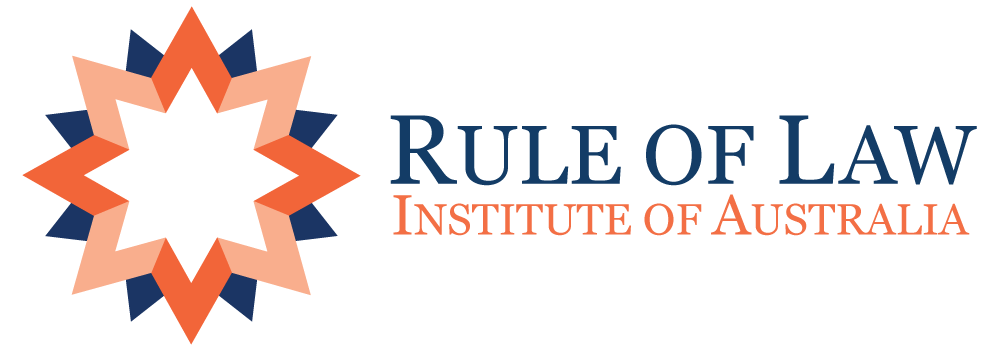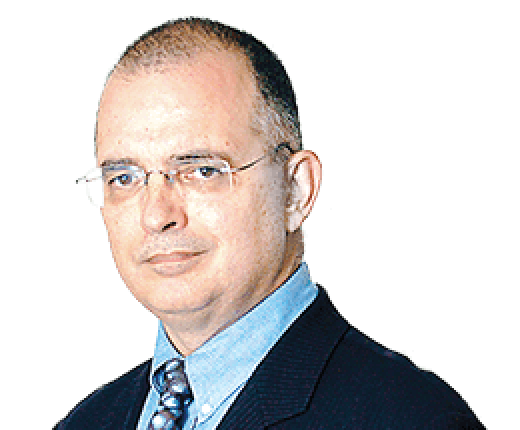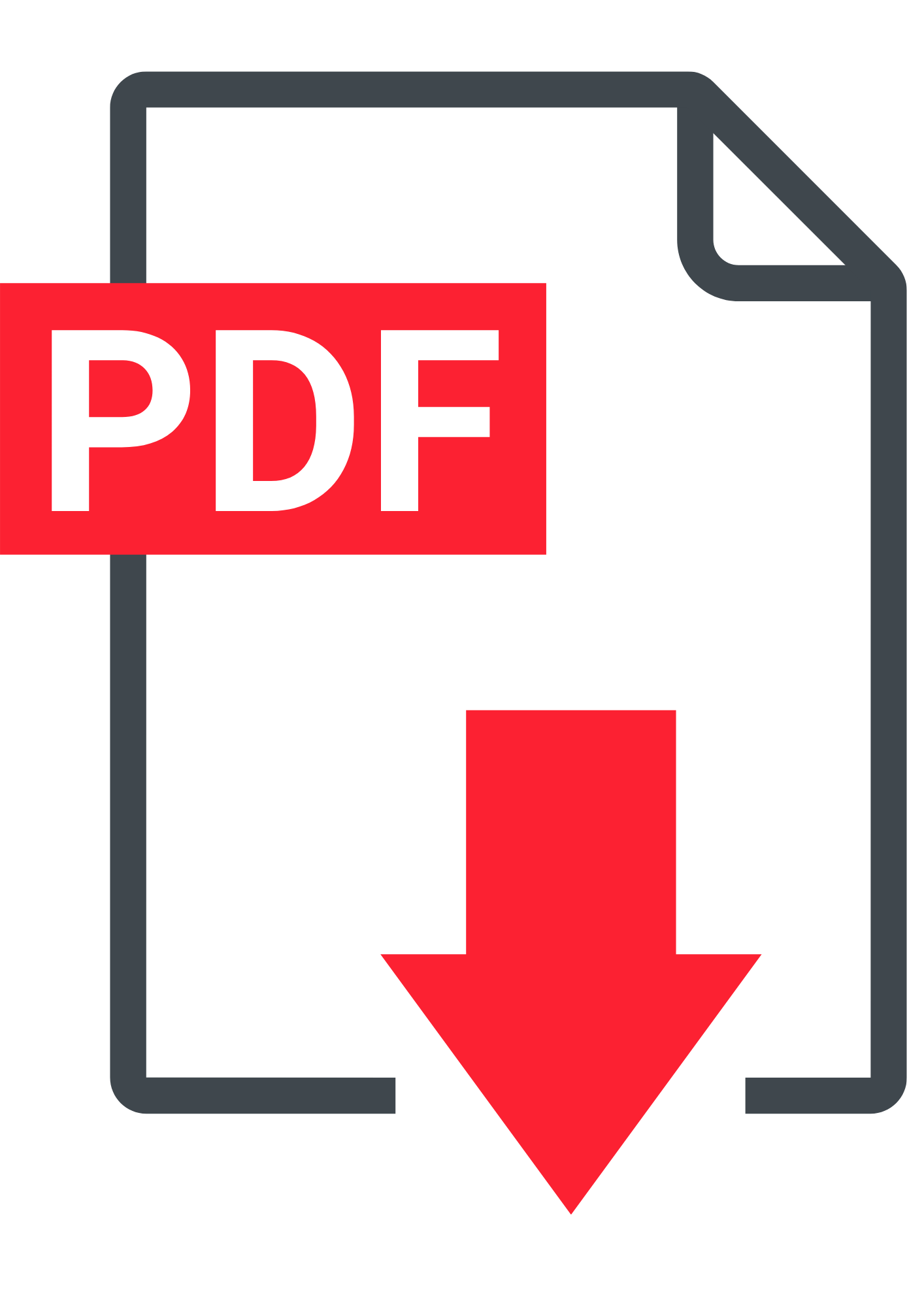The Prime Minister’s remarks, delivered at the Woodford Folk Festival, are a reminder about the ease with which well-meaning initiatives can damage the principles that hold this nation together.
In the same speech in which Albanese defended democracy he recommitted himself to a policy that would threaten democratic principles: establishing a race-based constitutional body to be known as the Aboriginal and Torres Strait Islander Voice.
If this is endorsed at next year’s referendum, it would send a permanent message that this country is no longer committed to equal rights for all.
The Prime Minister’s assessment of the challenge confronting democracy is consistent with the danger identified by the Washington-based Freedom House in its 2022 report on the state of democracy. Equality of citizenship takes pride of place at the start of the Freedom House report: “Around the world, the enemies of liberal democracy – a form of self-government in which human rights are recognised and every individual is entitled to equal treatment under law – are accelerating their attacks.”
The first step to defeating this threat is to recognise it when it is staring you in the face. That is only way to describe the proposed Indigenous voice to parliament.
The second step requires an understanding of what needs to be defended. And that means accepting that democracy means much more than regular elections and majority rule. According to Freedom House: “In its ideal form, it is a governing system based on the will and consent of the governed, institutions that are accountable to all citizens, adherence to the rule of law, and respect for human rights …
“It creates a level playing field so that all people, no matter the circumstances of their birth or background, can enjoy the universal human rights to which they are entitled and participate in politics and governance,” the Freedom House report says.
The threat to these principles from the Indigenous voice is real.
Equality of citizenship is ignored in the plan for the voice that has been drawn up by Tom Calma and Marcia Langton. This plan is outlined in a report that was endorsed by Albanese in parliament on November 30.
If enacted, some people, based on their race, would have two methods of influencing public policy: through their representatives in parliament and their representatives on the voice.
The Calma-Langton plan also falls short when assessed on the requirement for accountability.
The voice would not be accountable to ordinary indigenous voters but would answer to local and regional “voices”.
These unknown groups would decide who would sit on the national voice and whether any of its 24 members would be elected or merely selected. This is the system that the Calma-Langton report proposes: “The national voice membership would be structurally linked to the local and regional voices by the local and regional voices within each jurisdiction collectively selecting national voice members.
“Secondary options under this model may be used if Aboriginal and Torres Strait Islander people of the relevant jurisdiction agree.
“An election or expression of interest process may still be held for a jurisdiction if Aboriginal and Torres Strait Islander people in those areas prefer. This decision would be made with the relevant local and regional voices,” the report says.
The great strength of Albanese’s address was the implicit recognition that he has a responsibility not merely to govern, but to strengthen democracy for the next generation. “Our democracy is precious, something we have carefully grown and nurtured from one generation to the next. One of our core responsibilities is to make it stronger …” he said.
But this is matched by his failure to recognise that an indigenous voice, as proposed by the Calma-Langton report, would have a permanent corrosive impact on democracy.
It would divide the nation into those with additional influence over public policy and those without. It would not be limited to indigenous affairs.
“Restricting the scope of the advice function would diminish the role of the national voice as a national broadbased representative body,” the Calma-Langton report says.
Resentment at such inequitable treatment would be inevitable. Indigenous people would also have cause for complaint.
An institution of state, purporting to represent indigenous people, would have no direct accountability to ordinary indigenous people, stripping it of democratic legitimacy.
Despite these shortcomings, Albanese asserted at Woodford that the push for a “yes” vote at the referendum was gaining momentum. If that is the case, why are the government’s constitutional experts exploring other approaches?
On December 12 Linda Burney, the Minister for Indigenous Australians, posted a document on her website that outlined a summary of advice from the federal government’s constitutional experts group.
Their advice concerned the draft constitutional amendment that would create the voice.
Without elaboration, the document says: “The expert group agreed that there could be – and gave consideration to – different policy and process approaches to key features of the draft constitutional amendment.”
Really? What are these key features that the experts believe are worth “different policy and process approaches”.
And why do the experts believe different approaches were worth exploring? Is there some weakness in the form of words unveiled by Albanese at the Garma festival in July? When does the government propose to share the expert group’s views with the community? Before or after the referendum?
This is not the way to secure informed consent for a change to the Constitution.
Chris Merritt is vice-president of the Rule of Law Institute of Australia



